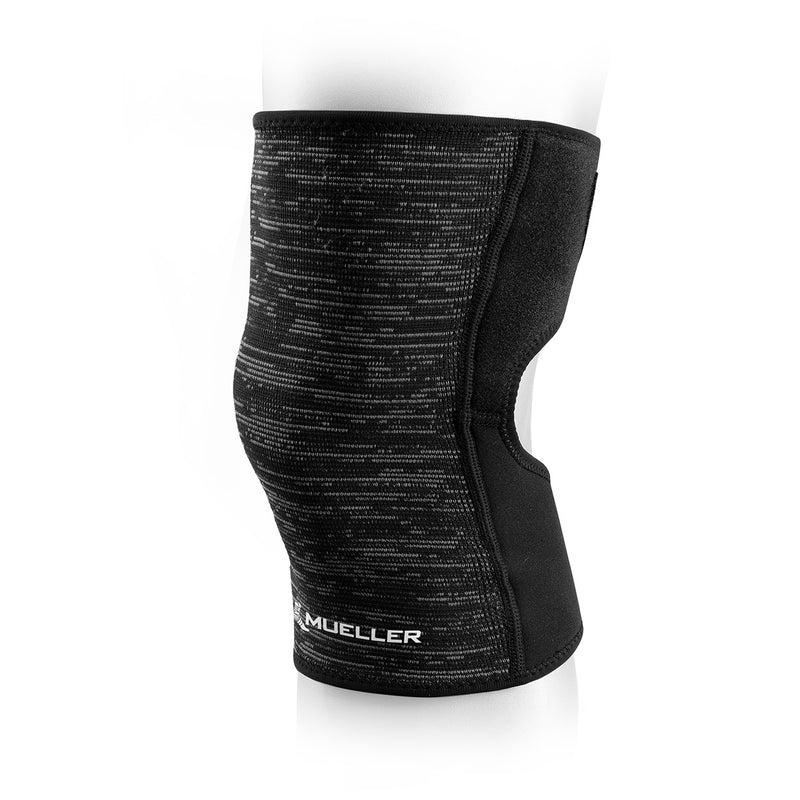Due to the COVID-19 pandemic, people are spending more time at home and going out less, which has led to a decrease in muscle strength around the knees and more people suffering from knee pain.
It is said that there are about 8 million patients with osteoarthritis of the knee in Japan. The number of knee-related surgeries, especially total knee replacement surgeries, is steadily increasing. Some people continue to experience pain in the front of the knee after total knee replacement surgery (TKA) or surgery for fractures around the knee .
Have you ever had the following experience?
- My knees hurt when I go outside, probably because of lack of exercise.
- My knees hurt on cold days or when I'm in an air-conditioned room.
- When I stand up, my knees hurt and I can't put any strength into them
- The scar from my knee surgery is painful
If you have symptoms like these, it is a good idea to first consider using a knee support.
There are many different types of knee supports, from those for keeping warm to those for treating ligament injuries, so it is important to correctly understand their uses and effects.
Keeps knee joints warm and prevents cold
Cold knees cause poor circulation and make you more susceptible to pain. Therefore, it is effective in preventing cold in air-conditioned spaces such as supermarkets, convenience stores, and offices, or when going out on cold days. There are also supporters that use moisture-absorbing and heat-generating materials that cause less discomfort even when you sweat while walking.
Stabilizes the knee joint and makes walking easier
When opportunities to use the muscles of the lower limbs, such as walking, decrease, the strength of the muscles supporting the knee weakens, the stability of the joint is lost, and the cartilage of the knee becomes more susceptible to wear. Therefore, wearing a knee support stabilizes the knee joint and strengthens the surrounding muscles, reducing the burden on the knee.
Moderate compression of the knee joint reduces pain
The nerve fibers responsible for pain are fine, while the fibers responsible for pressure and touch are thick, so the conduction speed is fast and stronger stimuli are transmitted. When the pressure and touch are stimulated by wearing a supporter, the nerve fibers responsible for pain are suppressed (called the gate control theory), and the pain stimuli are masked, making it difficult for the brain to sense pain.
Precautions when wearing the supporter
- Be sure to choose the correct size and avoid applying too much pressure.
Strong pressure can cause congestion, so it is important to adjust the pressure so that it is neither too tight nor too loose. - Select the supporter that best suits your needs.
- If wearing the product causes knee pain, discontinue use and consult your doctor.
- Choose a material and shape that suits your body.

Message from Professor Hidehiko Suzuki
The supporter itself does not reduce the burden on the knee joint or firmly fix the joint, it only plays a supporting role. To truly stabilize the knee, you need to train the surrounding muscles and create a "natural knee supporter". However, if you are in pain, you cannot exercise properly. By using the supporter effectively, you can reduce anxiety and create an environment that is easy to exercise while relieving knee pain through various effects.
Live a fulfilling life with pain-free knees.
Supervisor:
Dr. Hidehiko Suzuki, Chairman and Director of River City Suzuki Orthopedic Surgery, Shujikai Medical Corporation
Product Introduction: Hybrid Knee Support

¥2,750

